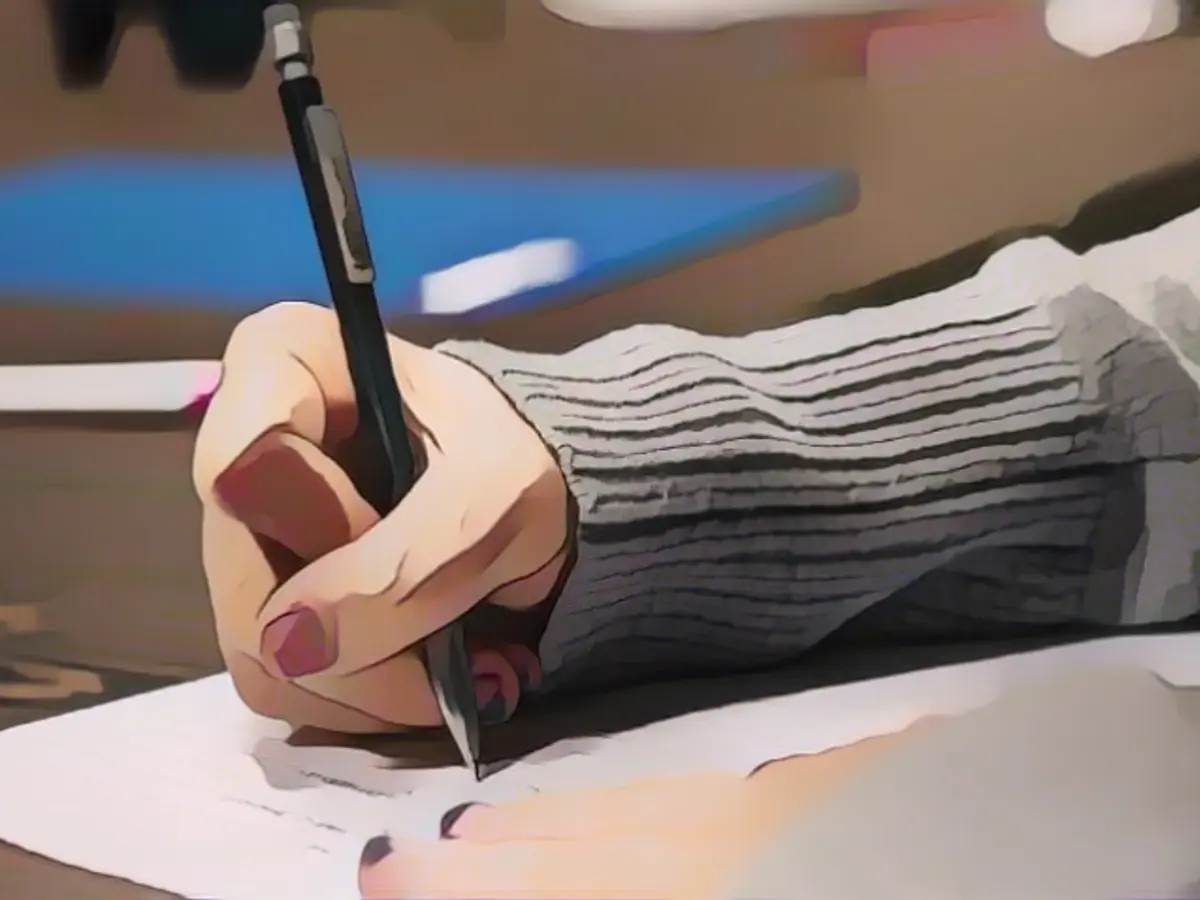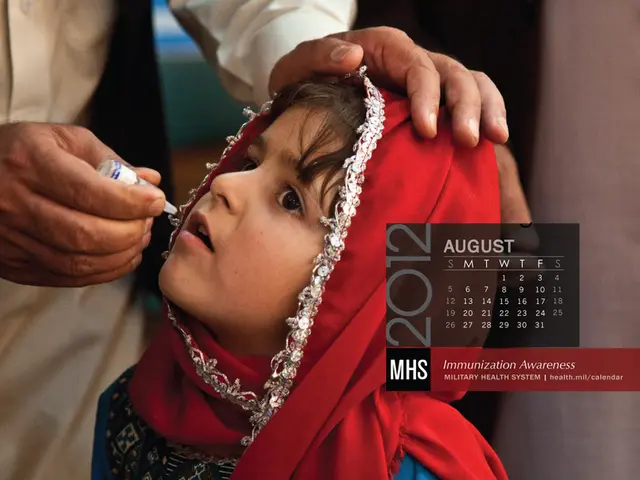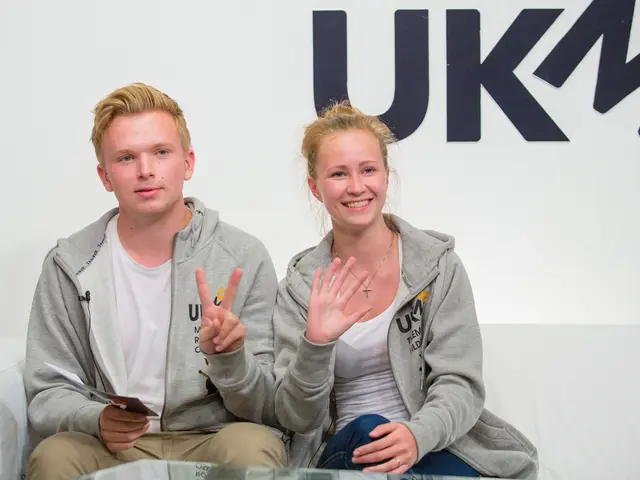The support for school closures among democrats has once again become a topic of conversation, despite the fact that other districts opened their private schools during the same pandemic period. Red states and rural areas reopened their public schools in the fall of 2020, while Europe and many industrialized nations sent their children back to school shortly after closures due to Covid-19 with minimal restrictions.
Initially, valid concerns regarding student and teacher safety were raised, but data soon demonstrated that schools could safely open, and many did so with vaccines. Further research backed these findings in the 2020-21 school year. However, returning to school does bring some risks, and democratic politicians, health officials, and teachers unions in some of America's poorest cities and neighborhoods have been committed to keeping schools closed for the long term. They argue that in-person instruction is unnecessary.
The high costs of virtual learning and school closures have been acknowledged, but so have the political costs. Republican Governor Glenn Youngkin of Virginia took advantage of these costs to appeal to frustrated parents in 2021. He won a close election in a traditionally blue state, marking the first Republican victory in the state in over a decade, thanks to improved voting in suburbs and high turnout in rural areas.
His opponent, a former democratic governor, made a misstep by saying, "I don't think parents should tell schools what to teach," further cementing the image of his party being tied to school boards and teachers unions. After losing, the Democrats were cautious on school reopening issues in the 2021 New Jersey gubernatorial race, many arguing that the risks of school closures outweigh the benefits, even with more contagious variants like Delta and Omicron. The political damage for the Democrats who have become the face of the school closure policy remains.
In recent NPR-PBS Marist polls, 60% of parents with children under 18 showed support for the Republicans heading into the midterm elections. Education has long been a stronghold for the Democrats, but their lead in this area has shrunk from a 15-20 point margin to single digits, with Republicans occasionally leading.
This shift reflects what the Democrats saw in Virginia, where the former governor lost support among voters who prioritize education in less than two months, dropping from a 33-point lead to a close race.
Democratic-led "social experiments" on children during the pandemic are now drawing attention. While many countries closed schools in times of crisis or during previous epidemics, Blue America chose a different approach during the 2020-2021 school year. They ensured that schools in remote or hybrid settings remained closed and forced millions of students to endure longer school closures, affecting their academic and social development.
Now that the results of this "social experiment" have shown poor results, proponents of school shutdowns are finally ready to engage in discussion.
A New York Times article by David Leonhardt suggests that remote and hybrid learning have failed, citing consensus among researchers and a new study from the Center for Educational Policy Research at Harvard University. The study compared learning outcomes before and during the pandemic in 49 states and Washington, D.C., as well as the effects of remote learning in affluent and low-income areas.
The authors of the study found that the negative impact of hybrid and remote learning was significant, as students in affluent districts still experienced learning losses when schools implemented remote or hybrid instruction. However, these students fared better than low-income students who suffered greater learning losses.
According to the study, the likelihood of students in low-income schools opting for remote learning and incurring greater learning losses is higher. Approximately half of schools with high poverty rates served in remote areas lost about half of the typical yearly growth in achievement during the 2020-2021 school year.
This is not surprising and just the tip of the iceberg, reflecting the crisis in education. Learning losses during the summer had been a known issue before the pandemic, but the number of students affected by the pandemic's school closures is staggering.
As the education system grapples with this crisis, researchers and policymakers must come together to address these challenges and find solutions to mitigate the losses incurred. By acknowledging the impact of the pandemic on education and working collaboratively to develop targeted interventions, we can help students catch up and recover from the setbacks they faced throughout the pandemic.
Enrichment Insights:
Studies on the impact of Covid-19-induced school closures and remote learning have revealed several key findings:
- Disproportionate Impact: Disadvantaged students have been disproportionately affected by the learning losses incurred during the pandemic. This is due to factors such as limited access to technology and stable internet connections, as well as less preparedness for online learning in low-income communities.
- Remote Learning Challenges: Remote learning has kept students, especially those from low-income backgrounds, much more disengaged compared to in-person instruction. This disengagement has further exacerbated existing achievement gaps.
- Technological Barriers: The availability of laptops and internet connectivity has been a significant issue, with many low-income districts lacking the necessary technology for remote learning.
- Recovery Strategies: Targeted interventions such as high-impact tutoring programs and free summer learning programs have shown promising results in mitigating the impact of learning losses, particularly in low-income districts.
- In-Person Instruction Benefits: In-person instruction has been beneficial for students who attended school regularly, leading to improved academic performance in areas like reading and math, as observed in Rutherford Public Schools in New Jersey.
- Long-Term Consequences: Students in affected cohorts are likely to face lower earnings over their lifetimes, with an average reduction of 3-6%. This impact is particularly significant for disadvantaged students.
- Teacher Working Conditions: The abrupt transition to online teaching without adequate technological or pedagogical training has significantly affected teacher working conditions, adding to the professional stress faced by teachers during the pandemic.
These findings collectively indicate that the extended school closures and remote learning during the pandemic have had a profound and lasting impact on disadvantaged students, highlighting the need for targeted interventions and support to mitigate these effects.







